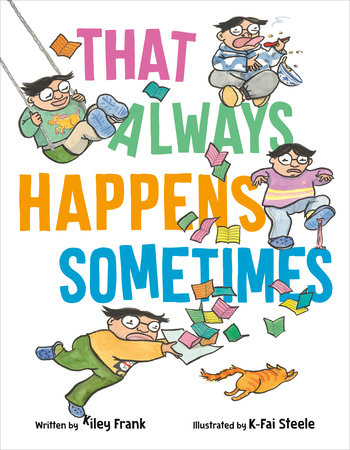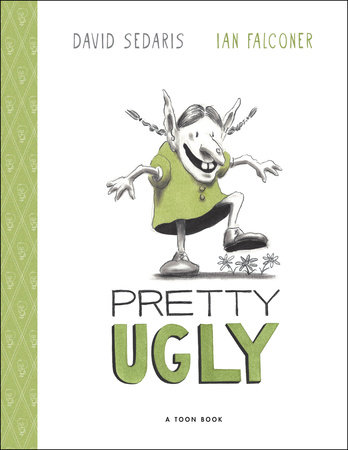

Pretty Ugly
By David Sedaris
Illustrated by Ian Falconer
By David Sedaris
Illustrated by Ian Falconer
Category: Children's Picture Books

-
$18.99
Feb 27, 2024 | ISBN 9781662665271 | 5-7 years
Buy the Hardcover:
YOU MAY ALSO LIKE
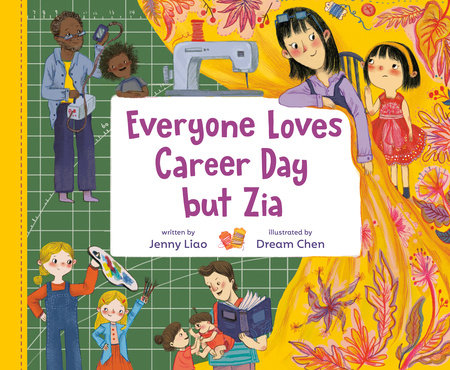
Everyone Loves Career Day but Zia
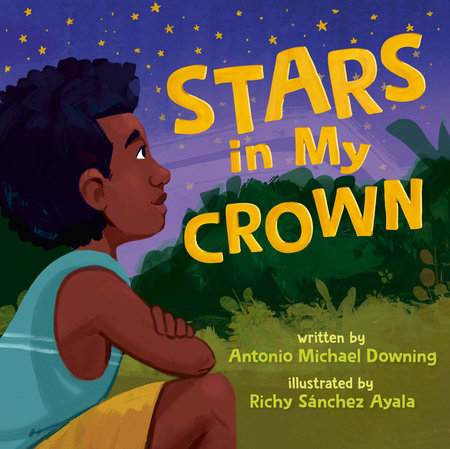
Stars in My Crown
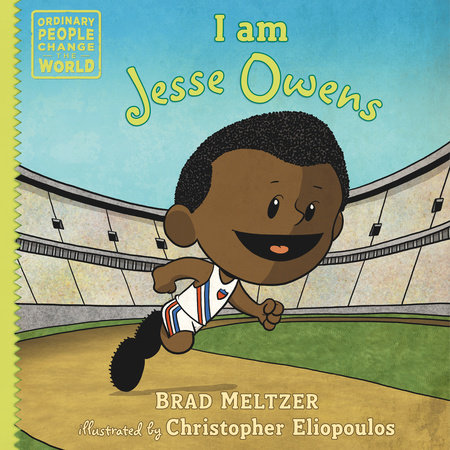
I am Jesse Owens
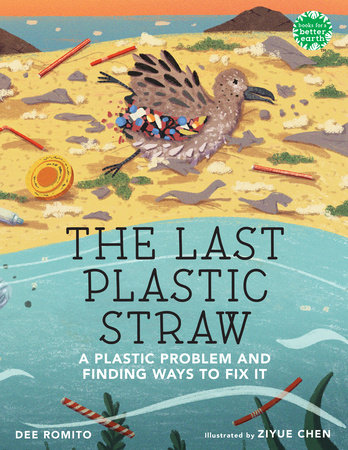
The Last Plastic Straw

The Day Bell Found Her Sound
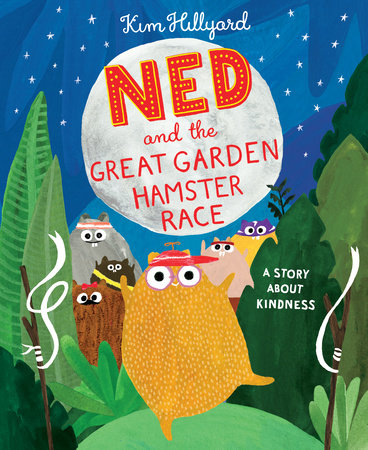
Ned and the Great Garden Hamster Race
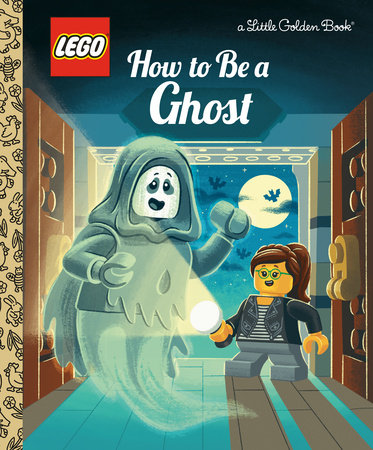
How to Be a Ghost (LEGO)
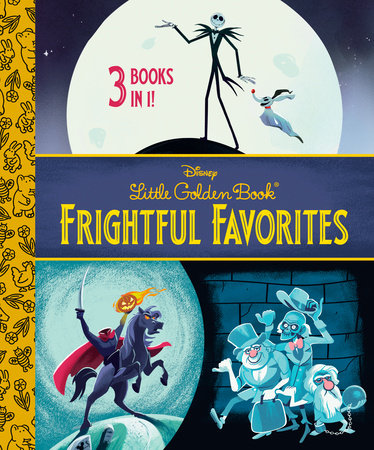
Disney Little Golden Book Frightful Favorites (Disney Classic)

A Halloween Mystery! (Scooby-Doo and Friends)
Praise
Most Anticipated Books of 2024 List, Kirkus Reviews
Most Anticipated Kids Books List – February, Barnes & Noble
Best Books of the Year So Far Ages 6-8 category, Amazon
★“Disgustingly hilarious….Adult readers will recognize hints of Maurice Sendak and William Steig and maybe even a smattering of Tim Burton in this remarkable outsider tale….Consider this little monstrosity a much-needed corrective to smarmy platitudes.” —Kirkus Reviews, STARRED
“[..] Demonstrates an appealing, Olivia-esque joie de vivre.” —The New York Times
“For every kid out there who HOPED their face would stick when Gramma said “If you keep making that face, its going to stick like that.” Well, this one’s for them.” —Angie Tally, The Country Bookshop, Southern Pines, NC
“The kids you read this to …. will LOVE YOU for grossing them out in this way.” —Elizabeth Bird, SchoolLibraryJournal.com
“Clever + funny – your next read aloud. Hilarious.” –Imagination Soup
“A book with hints of William Steig and Quentin Blake and Roald Dahl….that’s going to make the kids you read this story to (and make sure it’s a group of kids for maximum effective) scream and laugh all at the same time. It’s gonna blow their little freakin’ minds and they will LOVE YOU for grossing them out in this way.” —Elizabeth Bird, SchoolLibraryJournal.com
“You’re absolutely going to love it – it looks ridiculous and gross and funny and wonderfully different to so much that we see in kids’ books nowadays.” —Comicon.com
“Sedaris fans will love PRETTY UGLY, a story that will spark conversations about true beauty, family and character. Illustrations are perfection. And honestly, who hasn’t wanted to lock themselves in a wood shed for three days?!” — Jessica Nock, Main Street Books, Davidson, NC
“Delighted young audiences … will be demanding repeat readings.” —Booklist
“The brainchild of the literary dream team we never knew we needed….this uproarious tale is already a classic.” —Kirkus Reviews
“I wish you could have seen my daughter’s expression at the reveal—equal parts shock and horror and delight—at the end of PRETTY UGLY (ages 5-7). I’m talking the kind of reaction that could fuel you for another year of reading aloud […] that’s picture book magic for ya.” —Melissa LaSalle, @thebookmommy
“As children we have all been warned if we keep making an ugly face, it might just stick that way. Pretty Ugly explores this age old warning while teaching us that beauty comes from the inside and is often in the eye of the beholder.” —Manager, Octavia Books, New Orleans, LA
“For any reader who craves a celebration of individuality with a high yuck quotient.” —Publishers Weekly
“Readers will cackle over this one….displays the author’s wicked sense of humor. Falconer’s artwork perfectly channels the story with his simple yet masterful line drawings with a touch of color….for elementary school kids who like wicked humor.” —Youth Services Book Review
”Stresses that a person’s true beauty is on the inside, not on the surface… with a gross-out ending that will make kids squeal as well as laugh. Kids raised on Goosebumps and Shrek will have no trouble enjoying a monster family that acts like a conventional human one — except opposite in every way but being loving and supportive.” —Common Sense Media
“Disgustingly hilarious. Hilariously disgusting. You can never tell where David Sedaris is going and that’s what makes his work so charming.” —Jessica Lordi, Dover Free Library, VT
21 Books You’ve Been Meaning to Read
Just for joining you’ll get personalized recommendations on your dashboard daily and features only for members.
Find Out More Join Now Sign In








